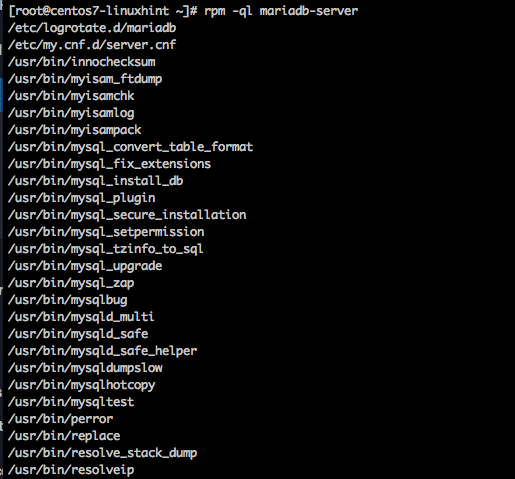

Now, when you go to your login screen, you’ll have to type (or whatever you choose) to gain access. Since the default configuration is an easy target for bots and hackers, consider changing the alias setting. Just put a ‘#’ sign before the existing entries so the program sees them as comments, rather than instructions. Then add your own line: Alias /MySecretLogin /usr/share/phpMyAdmin “Alias” is how the internet will see your phpMyAdmin configuration. Near the top, you should see two lines: Alias /phpMyAdmin /usr/share/phpMyAdmin Alias /phpmyadmin /usr/share/phpMyAdmin Open nf using a text editor: sudo vim /etc/phpMyAdmin/

Once you’ve made the changes, save the file. Inside the config file, you should see four (4) lines that refer to “Require IP” or “Allow IP.” By default, they should be set to 127.0.0.1, which is the IP address referring to the system you are working on. To allow other systems to access this phpMyAdmin application, add (or change) these numbers to the IP address of the computer you want to grant access to.

The file is located at /etc/httpd/conf.d/nf. Type the following at your command prompt: sudo vim /etc/phpMyAdmin/ This method can be used to grant remote access to a single workstation. By default, phpMyAdmin is configured so that the server it’s installed on has access. This change lets you allow or restrict access to specific IP addresses of different or additional computers. Here are two common ways of restricting access to unauthorized users.
#CENTOS 7 INSTALL MYSQL S5.6 SOFTWARE#
Your new software installation includes a default Apache configuration file. You’ll want to make some changes to that configuration to prevent unauthorized access. Step 4: Configuring and Securing phpMyAdmin Once the system executes the command, PHPMyAdmin is installed and ready to launch. To install PHPMyAdmin on CentOS, enter the command: sudo yum -y install phpmyadmin Step 3: Installing phpMyAdmin on CentOS 7 You can also enter your server’s IP address in a browser and a testing screen should display: Verify the status of Apache by running with the command: systemctl status httpd To install Apache on CentOS use the command: yum install httpd -y PhpMyAdmin requires an active and running Apache web server.
#CENTOS 7 INSTALL MYSQL S5.6 UPDATE#
Once that operation finishes, it’s a good idea to refresh and update the EPEL repository: sudo yum –y update Step 2: Install Apache Web Server Type the following at the command prompt, then hit enter: sudo yum install -y epel-release (If you’ve already installed EPEL, you can skip this step.)ĬentOS 7 does not have access to phpMyAdmin in its default software repository. You’ll need to get access to the EPEL repository – the Extra Packages for Enterprise Linux. Installation of phpMyAdmin on CentOS 7 Step 1: Install EPEL Repository Vim is included with most Linux installations or you can use Nano. To open a command prompt: Menu > Applications > Utilities > Terminal.


 0 kommentar(er)
0 kommentar(er)
